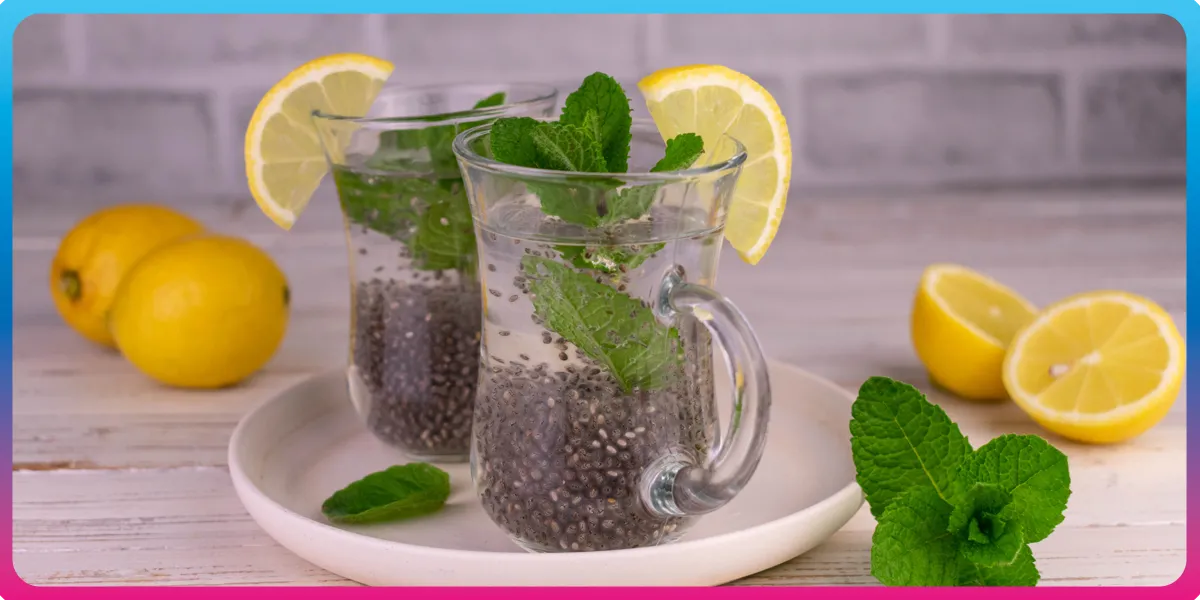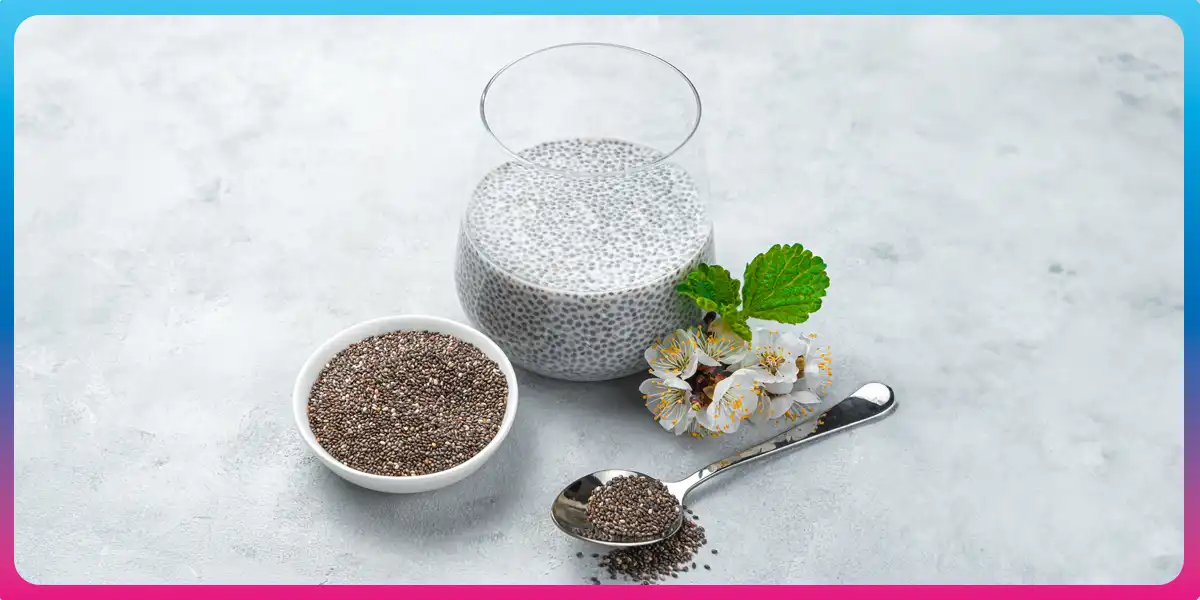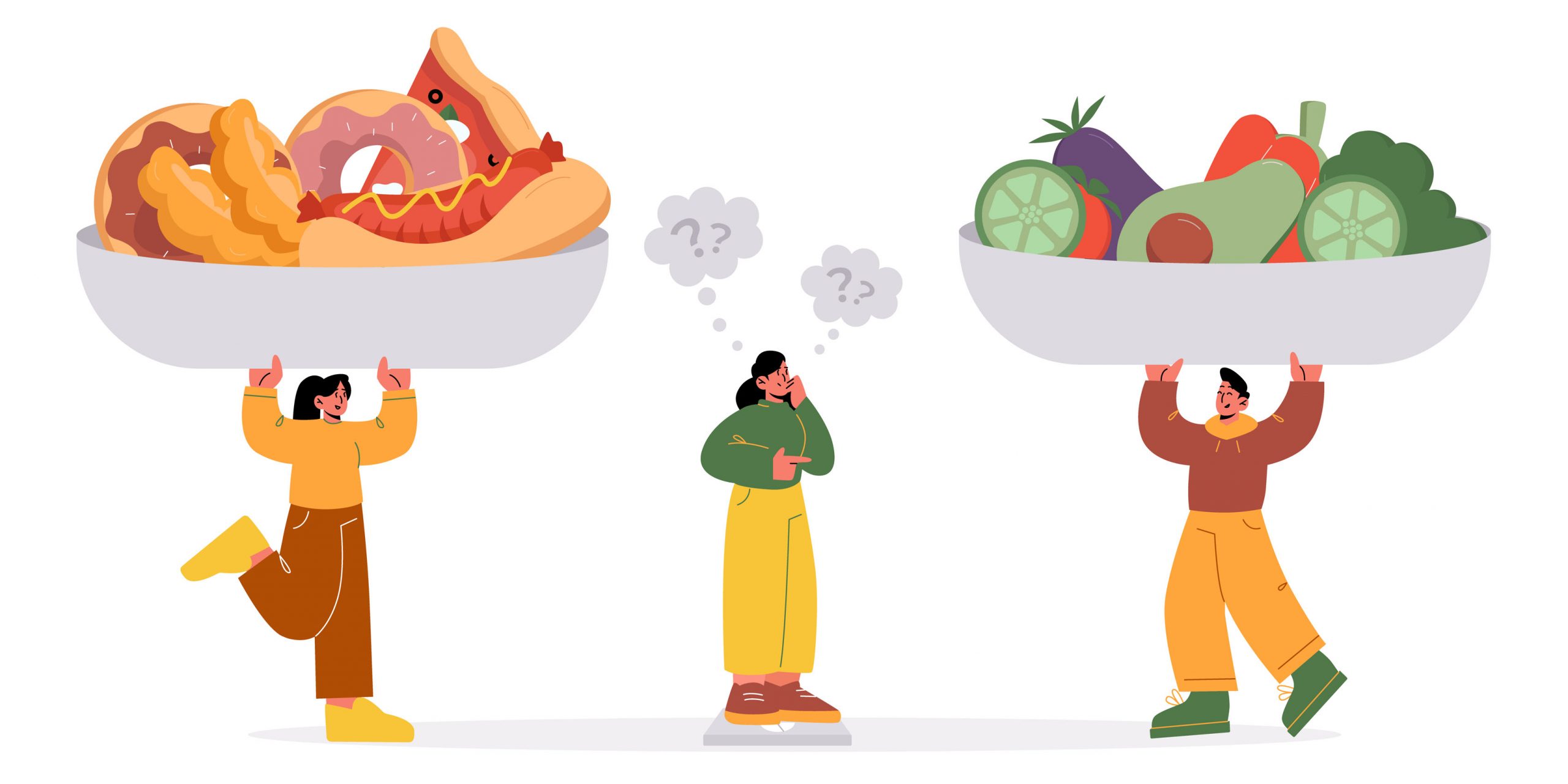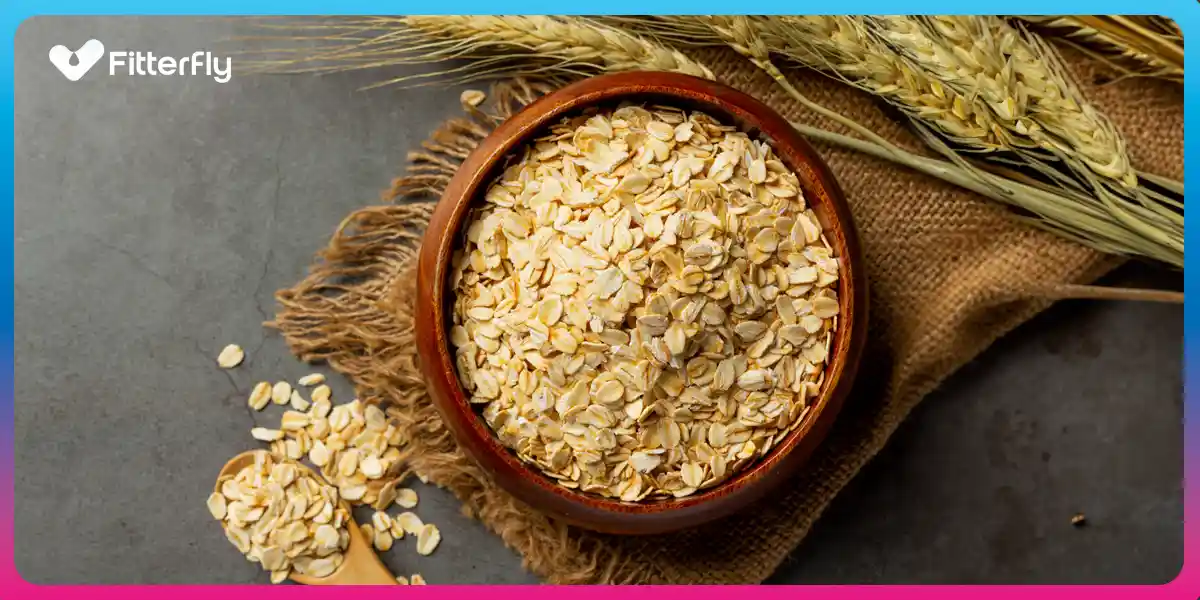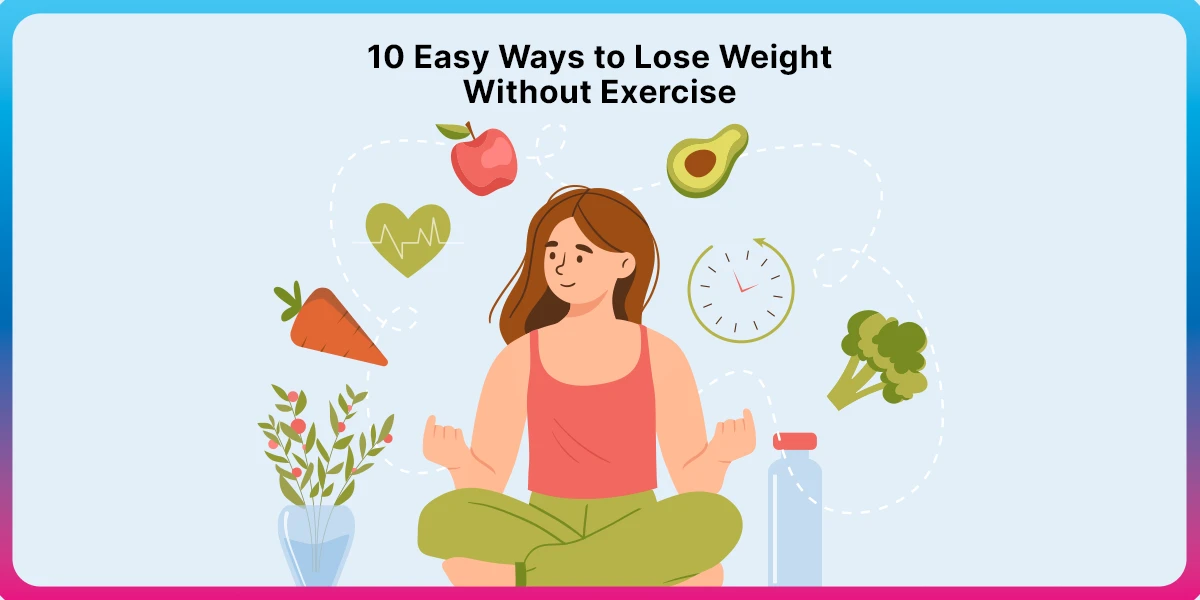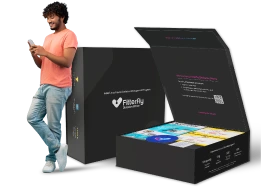Are You Dependent Solely on Glycemic Index?
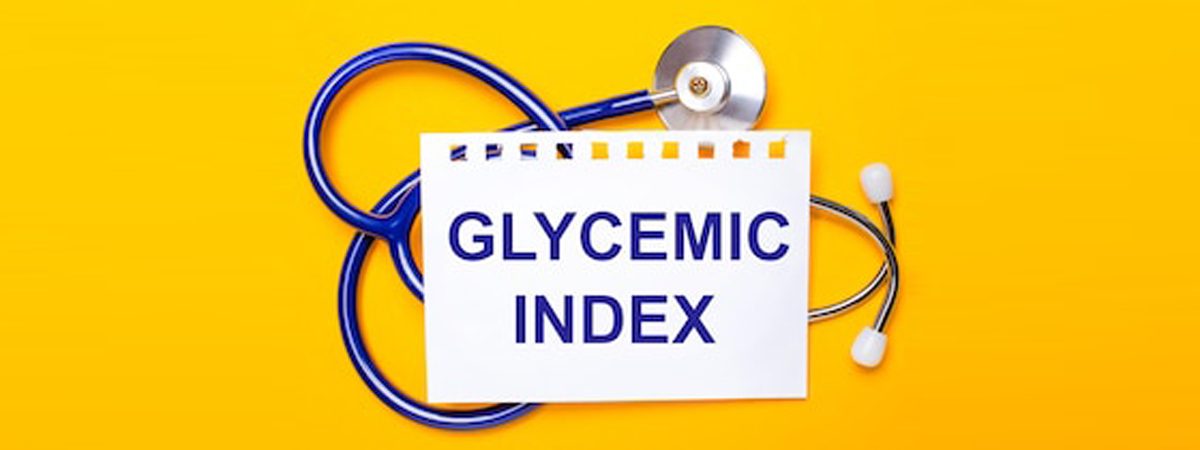
Summers are here and so are the most anticipated summer delights – luscious mangoes and refreshing watermelons. And with this deliciousness, comes the dilemma of how much is too much, especially for people with type 2 diabetes.
But the good news is that mango, despite being loaded with natural sugar, has a moderate GI, making it relatively safe for consumption for people with type 2 diabetes. And even though watermelon has a GI of 80, its low Glycemic Load (GL) of 5 makes it a much more viable fruit option for diabetics. Err… confused? Let’s know more.
What is Glycemic Index?
Glycemic Index or GI is a measure of how fast your body can convert the carbohydrate present in the food that you eat, into glucose. In other words, it is a measure of how much certain foods increase the level of blood sugar in your body.
Each food item is given a score on a scale of 0 to 100. The Glycemic Index of any food is calculated against that of pure glucose (GI 100) as a reference. Based on this description, foods are categorized as follows:
- High GI: 70 or above
- Medium GI: 56-69
- Low GI: 55 or below
Food items with high GI spike your blood glucose levels rapidly and then hit the spiral button just as fast. Foods categorized as low GI take a longer time to get digested and released as glucose in your bloodstream, thus, supplying you with a steady amount of fuel.
Most of the carbohydrates that have been refined or processed, for example, white rice or white bread, are quick to break down into glucose because they have been devoid of their fiber covering that would have enhanced their resistivity to the digestive enzymes.
How is GI connected to personal glycemic response?
This was a very basic and simplistic description of the Glycemic Index. There are other factors too that play a role in measuring the GI of any food item.
Cooking method:
In what manner the food is cooked and for how long also has a telling impact on its GI. For example, pasta cooked al dente has a lower GI than overcooked pasta.
Ripening:
More ripened fruits tend to have a higher GI. For instance, bananas fall in the low GI category but a lesser ripe banana has a lower GI (42) than a more ripe one (GI 51).
Processing:
Fruits have a lower GI when eaten as a whole than when processed into juices. Juicing devoids them of their fiber content, thus, making them high GI.
Eating different foods together:
A meal with higher fiber content (a huge portion of salad or leafy greens) has a combined lower GI. Similarly, the presence of fats and proteins also brings down the combined GI of a meal.
So, how would you know what to eat and how much to eat? One can check the blood glucose level with the help of a glucometer but is it possible or even feasible to calculate the GI of each food item per serving?
For instance, watermelon has a high GI of 80 and yet it has a low GL or Glycemic Load of 5. Now, what does that mean?
It means that a regular serving of watermelon (120 gms) has very little amount of carbohydrates that could be turned into glucose. This is how glycemic response works.
In simpler words, for watermelon to have a dramatic impact on your blood glucose level, you need to consume a giant helping of it. So, it is absolutely fine for type 2 diabetic people to help themselves to a regular portion size of the fruit. Do stay away from watermelon juice, though!
Why is it important for people with type 2 diabetes to know about GI?
Type 2 diabetics need to maintain steady blood sugar levels along with focussing on their weight management. Foods with a high GI tend to make you hungry at frequent intervals, leading to higher food intake.
Moreover, food with lower GI tends to keep you full for a longer time, maintaining steady energy levels. Sound knowledge about GI, GL, and glycemic response gives you an upper hand when planning your diet, especially in regulating your portion size.
This is of utmost significance when it comes to fruit intake of type 2 diabetic people since most fruits are high in natural sugars and are a source of the dilemma.
How do food combinations help control it?
According to the Glycemic Index Foundation, an average dietary GI score of 45 is the most optimum to experience significant health benefits. But it doesn’t imply that you restrict your diet plan to low GI food groups only.
This is where you need to mix and match and find for yourself a well-balanced diet plan that offsets your high GI foods with your low GI foods, depending upon factors like GI score, GL value, portion size, and amount of other nutrients (vitamins and minerals) present in them. The presence of fats and proteins and their impact on carb-digestion are also of utmost importance.
So, for a person dealing with type 2 diabetes, this is how you can plan your diet:
Be mindful of the portion size:
Pasta has a lower GI than watermelon but when eaten in equal amounts, the pasta will have a greater and more rapid impact on your blood glucose levels than the fruit. So, regulating the portion size is important.
Choose wholegrain instead of wholemeal:
The basic difference between wholemeal and wholegrain is that the former is the entire grain pounded down into a powder, thus losing its fiber content. For example, instant oats have lesser fiber content than rolled oats. Similarly, it is better to choose rye bread or bread with nuts and seeds instead of wholemeal or white bread.
Don’t focus only on low GI:
Doing this can make you overlook the other constituents of a nutritious diet – vitamins, minerals, fats, and proteins. The presence of fats and proteins helps in the slower breaking down of carbohydrates.
For example, corn flakes (high GI) eaten with unsweetened milk (low GI) can balance the overall GI of the meal, thus, keeping you full and energized for long.
Similarly, high GI fruit like watermelon eaten along with nuts and seeds (high fiber content) can also make for a wholesome balanced meal.
Fittertake:
Our CEO and Co-founder, Dr. Arbinder Singal loved mangoes. When he was diagnosed with prediabetes he thought he’d have to give them up. But when he applied the CGM sensor and looked at the data points, he realized that eating mangoes in the morning didn’t raise his blood sugar levels.
So, he did that and he could keep enjoying his favorite summer treat! That’s the power of PGR or personalized glycemic response. Food combinations and timing can play an important role in blood sugar levels and not just the GI of the foods.
So when you start a diabetes or prediabetes management plan you need one that is personalized to your body’s responses. You can enroll in the Diabefly Pro, Diabefly, or Reset23 program for highly personalized diabetes management plans that are outcome-driven and proven to show results.
This blog provides general information for educational and informational purposes only and shouldn't be seen as professional advice.


 References
References